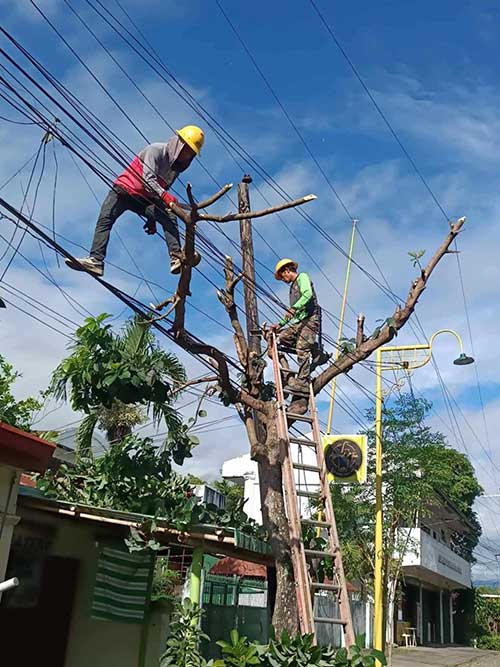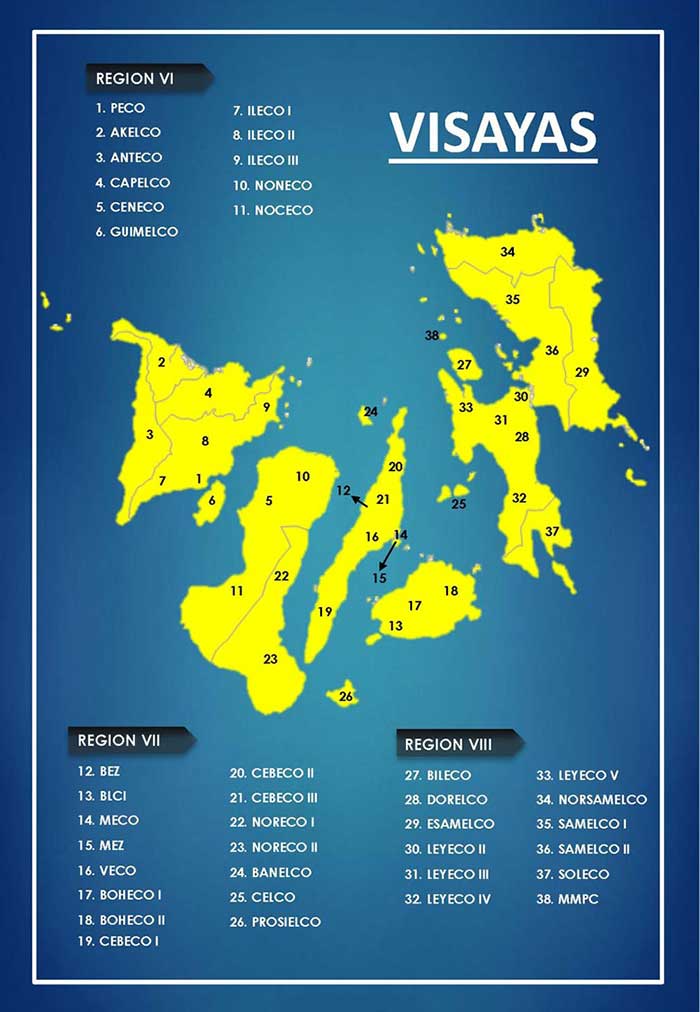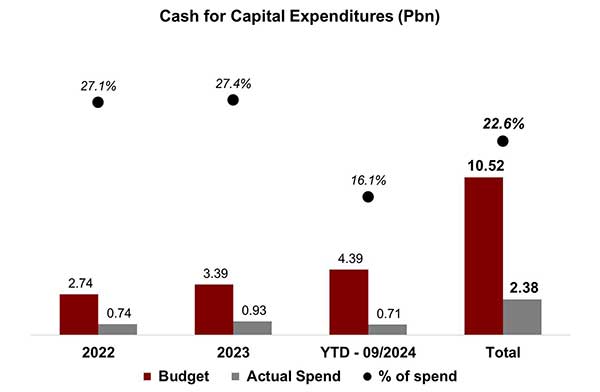
By Francis Allan L. Angelo
A severe underinvestment in power distribution infrastructure by electric cooperatives is putting the Panay and Guimaras power grid at risk, according to a new report from Iloilo-based think tank Institute of Contemporary Economics (ICE).
The seven electricity distribution cooperatives serving Panay and Guimaras have invested only PHP2.38 billion of their PHP10.52 billion budgeted capital expenditures from 2022 to September 2024, representing a mere 22.6% of programmed spending.
These cooperatives, which provide electricity to 785,183 customers across the region, are allocating just 3.1% to 3.7% of their total spending on infrastructure development.
“The capital spending level of 3-4% indicates that the nature of spending is essentially just maintenance capex,” the ICE report states, noting this investment is barely sufficient to maintain current operational capacity.

The trend stands in stark contrast to global developments, particularly in the United States, where utilities have significantly increased their capital investment in distribution infrastructure.
The U.S. Energy Information Agency reports that capital investment in distribution infrastructure surged by $31.4 billion, representing a 160% increase from 2003 to 2023.
American utilities invested $50.9 billion in 2023 alone, with more than one-fifth of the two-decade increase occurring between 2022 and 2023.
The underinvestment by Panay and Guimaras cooperatives raises concerns about their ability to manage emerging challenges in power distribution, the ICE report added.
These challenges include adapting to extreme weather events, managing renewable energy integration, and upgrading customer service infrastructure.
The National Renewable Energy Laboratory (NREL) has identified several trends that will challenge electricity distribution sectors worldwide.
According to the NREL report, these challenges include increasing levels of distributed energy resource penetration and the disruptions these technologies can cause to traditional distribution system operations.

The situation in Panay and Guimaras reflects a broader national challenge, as electric cooperatives comprise 122 out of 152 electric utility distribution companies in the Philippines.
These cooperatives serve 11.4 million customers nationwide, but many lack the financial and technical capabilities to upgrade their systems to meet evolving community needs.
A recent Supreme Court decision (G.R. No. 264260: ILECO I, et. al. vs. Executive Secretary Lucas Bersamin, et. al.) may offer a potential solution by opening the door to industry consolidation.
The Court ruled that there is no constitutional right to exclusive franchises, effectively opening previously exclusive coverage areas for electricity distribution to competition.
This ruling could enable better-equipped service providers to expand their markets and achieve economies of scale, potentially addressing the high electricity costs that have historically disadvantaged Philippine consumers.
Industry experts suggest that electric cooperatives should consider partnering with entities that possess stronger financial resources, technological expertise, and customer service capabilities.
“The status quo will not be enough to elevate state of our electricity distribution infrastructure and ultimately, provide the benefits to the people that are contemplated by RA 11918 and the Supreme Court,” the ICE report concludes.
Local consumer groups have expressed concern about the potential impact of continued underinvestment on service reliability and costs.
The Department of Energy continues to monitor the situation as part of its oversight of distribution utilities nationwide.
Experts warn that without significant changes in investment patterns or operational structure, the region’s power distribution system may face increasing vulnerabilities in the coming years.
The existing infrastructure challenges come at a critical time when the power sector faces mounting pressure to modernize and adapt to renewable energy integration.
Climate change and extreme weather events add urgency to the need for robust infrastructure investment, as outdated or poorly maintained systems are more vulnerable to damage and disruption.
The ICE report suggests that while electric cooperatives still serve an important role in missionary areas, their original mandate may no longer be suitable for more developed regions requiring sophisticated power distribution systems.
Industry analysts note that consolidation could help achieve the financial competitiveness and technological viability needed to serve growing communities effectively.
The transformation of the power distribution sector in Panay and Guimaras could serve as a model for other regions facing similar challenges with cooperative-managed electricity distribution.
These changes come as the Philippines works to improve its energy infrastructure to support economic growth and meet increasing power demands across the archipelago.






















